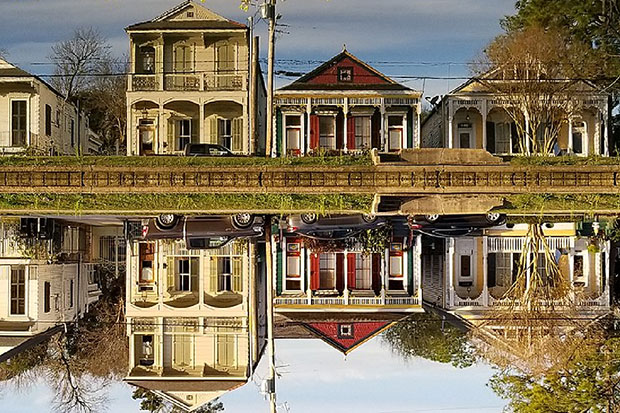Bayou St. John Homes for Sale
Tranquil scenery, lots of green space, and a sense of community define this quiet, diverse neighborhood.
The historic Bayou St. John is a highly walkable and bikeable heart of Mid-City, filled with beautiful examples of the centuries-old architecture: raised cottages, shotgun singles, and Creole colonial country homes. It’s home to its own popular annual festival, and is close to the Fair Grounds, where the Jazz & Heritage Festival takes place every spring. The bayou offers scenic bridges and lots of opportunities for hiking, picnicking, and kayaking/canoeing. Everything that sustains an urban living — supermarkets, restaurants, retail stores, medical clinics — is within walking distance. Some of the top dining destinations are in Bayou St. John.
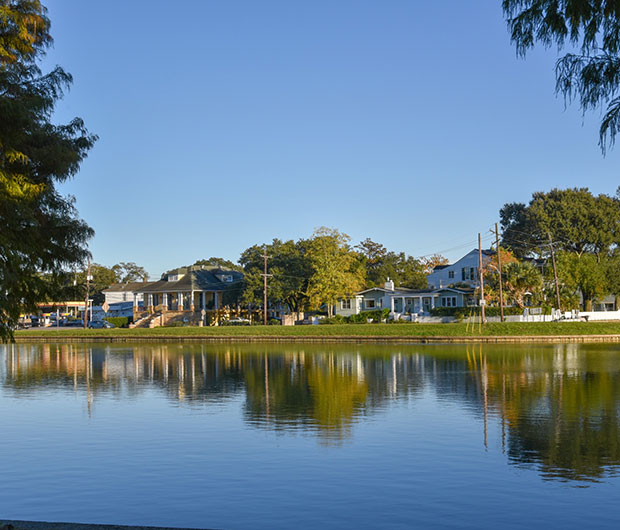
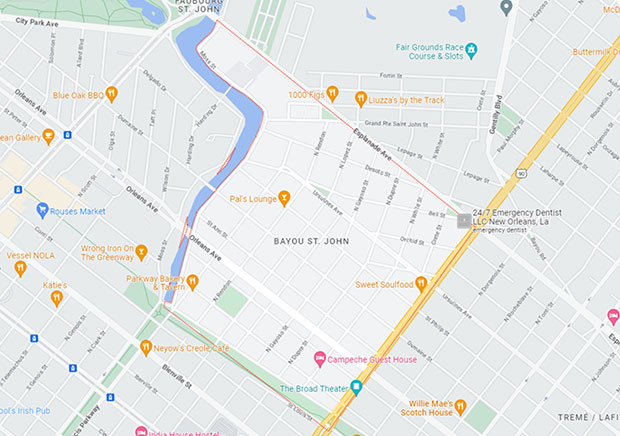
Where Is Bayou St. John?
Bayou St. John is a subdistrict of the Mid-City area. According to the U.S. Census Bureau, it has a total area of 0.42 square miles. Adjacent neighborhoods include Treme to the east and City Park to the west.
Bayou St. John’s boundaries, as defined by the City Planning Commission, are:
North: Esplanade Avenue
East: North Broad Street
West: Bayou St. John (the waterway)
South: St. Louis Street.

Homes for Sale in Bayou St. John, New Orleans
Why Buy a Home in Bayou St. John?
Bayou St. John has plenty of green spaces and a 2.5-mile waterway to keep hikers and water-sporting enthusiasts happy. Dotted with prime spots for dining and drinking, it’s also located within walking distance of the booming retail stretches of North Carrollton Avenue and Canal Street. There you’ll find all the necessities that comprise a comfortable city living — including medical clinics, supermarkets, retail stores (both large chains and locally owned small businesses), a library, great schools, and much more. There are many things to love about Bayou St. John. Explore some of our highlights below.
Easy Navigation. You can reach Bayou St. John by public transportation, bike, car, and even on foot from other areas of the city. Bayou St. John’s walk score is a high 76, and its bike score is even higher, at 87. The former St. Louis railway has been transformed into the miles-long Lafitte Greenway for walking and biking.
https://www.satsumarealestate.com/kenner/Accessibility. It’s only 20 minutes by bike from the French Quarter, and is a stone’s throw from the major Mid-City thoroughfares of Canal Street and Tulane Avenue, as well as the interstate highway that connects New Orleans to Metairie and Kenner and serves as one of the fastest routes to Baton Rouge.
Historic Architecture and Lots of Space. You’ll find the scenic Magnolia Bridge over the bayou, and many examples of raised Creole cottages along its banks. The historic Our Lady of the Holy Rosary Catholic Church and the 18th century colonial, West Indies-style Pitot House are also there. Typical architecture also includes single-family homes converted from doubles, as well as raised single shotguns, and some Arts and Crafts homes. Many houses sport well-tended porches and gardens and there’s plenty of off-street parking.
Popular Spring Festival and Other Annual Fun. The banks of the bayou fill up with art and food vendors every May, during the well-attended Bayou Boogaloo festival. Live music spills off its three stages, and the makeshift rafts and party-boat armadas take over the bayou for this three-day weekend fest. Other annual fun is in easy reach, including the recently relocated Oktoberfest at Deutsches Haus, Voodoo Fest and Ghosts in the Oaks in City Park around Halloween, and the magnificent holiday wonderland for Celebration in the Oaks, also in City Park. The superkrewe Endymion rolls right next door, brushing the neighborhood along North Carrollton Avenue and Canal Street in Mid-City, on the Saturday before Mardi Gras.
Ancient Waterway. The “voodoo queen” Marie Laveau was said to have conducted her ceremonies on the centuries-old banks of the bayou, and the Native Americans (and later the first colonial settlers) were using it as a supply route to access Lake Pontchartrain and the Mississippi River. Today you can still witness a St. John’s Eve head-washing ceremony every June on the Magnolia Bridge, which is also used for weddings, candlelit dinners, and spontaneous picnics. The bayou is teeming with wildlife, making it a great spot for fishing, bird-watching, and spotting turtles, nutria, and an occasional gator. It’s also used for boating, canoeing, kayaking, picnicking, and dog-walking.
Bayou
St. John
Attractions
Aside from being one of the most picturesque and quiet residential areas in the city, Bayou St. John has some of the best bars and restaurants in the city. Below are some of our favorites.
How about a roast beef po-boy? Parkway Bakery and Tavern has some of the best in town.
Escargots for brunch? Why not! The elegant Cafe Degas has some of the best brunch in New Orleans, with French staples like French onion soup and crabmeat crepes.
Play chess across the street in the Alcee Fortier Park. This lovely triangular parcel of green is strung with lights and decked with stone benches and an ornate fountain. Named after a Creole philanthropist and scholar, the park has been around since 1926, and is lovingly preserved by the Fabourg St. John community. It’s off-limits during JazzFest but throws a great kid-friendly Halloween and Bastille Day parties every year.
People-watch with a cheese plate and a glass of wine across the street from the park at Swirl, or do the same but with a cup of coffee next door at the friendly and bustling Fair Grinds Coffeehouse.
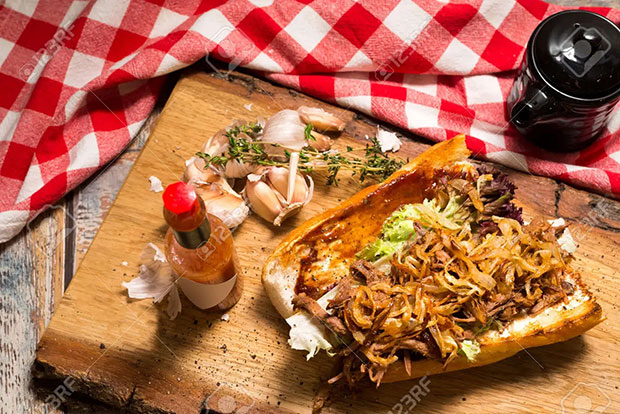
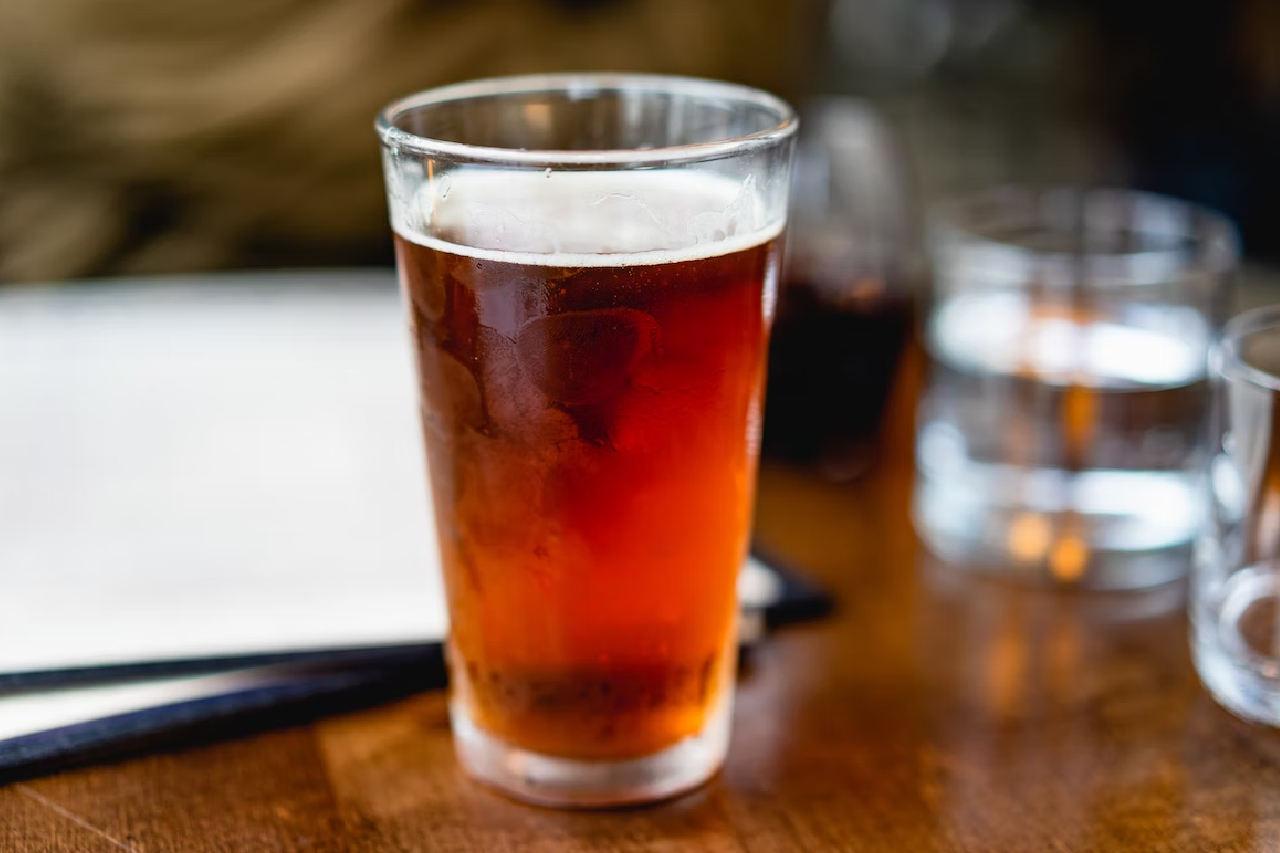
Stroll through the weekly Thursday farmers market at American Can Company.
Drink at Pal’s Lounge, a famed neighborhood bar that’s equal parts chill and lively. Pal’s has a rotation of interesting pop-up food events, and its own Mardi Gras krewe.
Watch the Mardi Gras Indians strut their stuff on the uniquely-New Orleans Super Sunday around St. Joseph’s Day. Traditionally held on the third Sunday of March, Super Sunday is the second-most significant event for the Mardi Gras Indians, after Mardi Gras. The festivities begin around noon on the bayou at Orleans and Moss, where the suited Indians gather first, with the participants and the onlookers eventually proceeding down Orleans toward Claiborne Avenue.

History of Bayou St. John
Bayou St. John is part of Mid-City, located on the slope of the Mississippi River’s flood plain. The waterway, once known as Bayouk Choupic, is one of the oldest in the area, and was used by the Chapitoulas and the Houmas tribes and European settlers as a shortcut to the river for centuries.
Bayou St. John was not considered part of New Orleans, which didn’t reach the lake but ended at the swamp, until the late 19th century. It did play a big part in shaping the city’s history’s, however, because it was so important in trade and war. For example, Bienville used it to fight the Chickasaw and the Natchez Indians in the 18th century. It was also used in the war of the Spanish against Great Britain (1777-1781). A small fort called Fort St. Jean was built in 1701 to protect the area. It’s now known as the “Old Spanish Fort,” and the portage route along the bayou became known as “Grand Route St. John.”
After the Louisiana Purchase in 1803, the bayou was dredged to accommodate larger vessels thanks to the new Carondelet Canal, which was filled in the 20th century. In the second half of the 19th century, the improved drainage system had allowed the neighborhood to develop, making it more desirable for habitation.
Until the late 1930s, the bayou was still an actively navigated waterway, until Congress put a ban on it due to sanitation concerns and unregulated houseboat development. The Works Progress Administration (WPA) then cleaned up and beautified the area.
You can use the bayou today for recreation, like canoeing, but parking boats on the water is prohibited, and the commercial use of the bayou is non-existent except, perhaps, boating tours. In recent history, the bayou had been briefly drained at least twice. The New Orleans Sewerage and Water Board drained to clean up debris in 1955, and then again in the early 2000s — as a hurricane protection measure.
Bayou St. John was battered by the hurricanes as early as the 18th century, and took a serious hit during Hurricane Katrina-related flooding. It has been known to experience minor flooding since, due to natural disasters and failing pumps. Bayou St. John today is a thriving residential neighborhood focused on a picturesque body of water, an important community and recreational spot for its residents.
